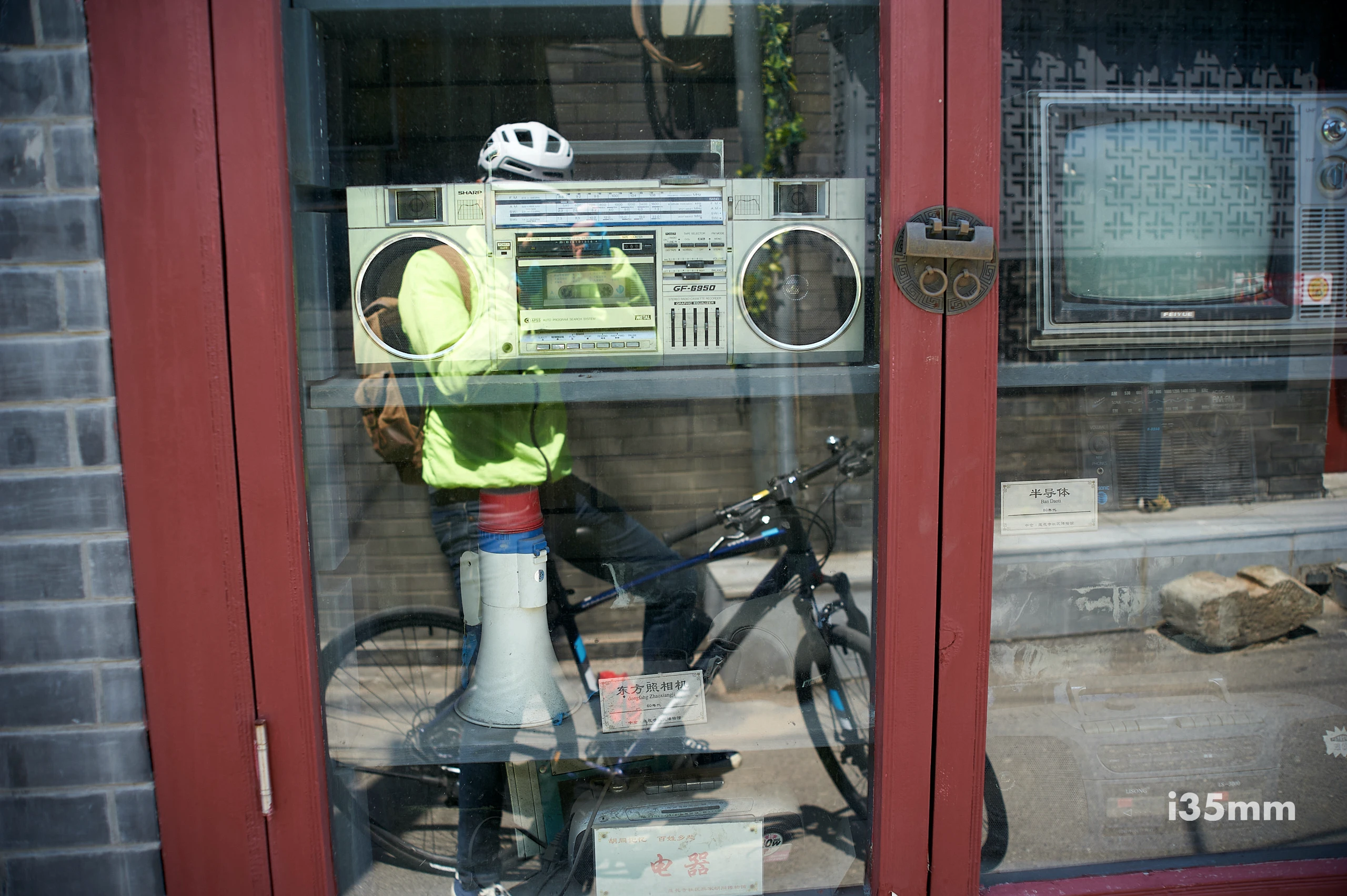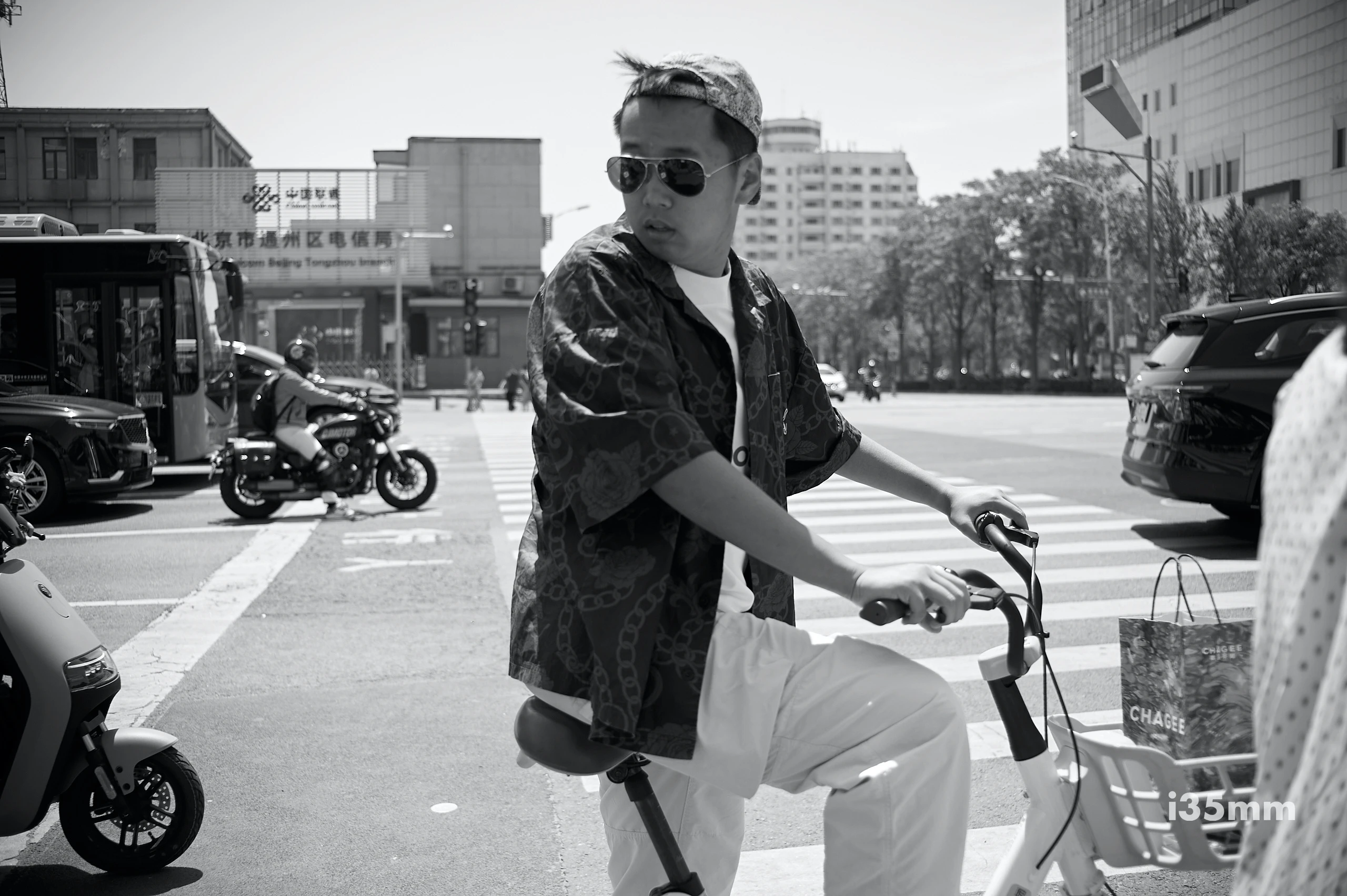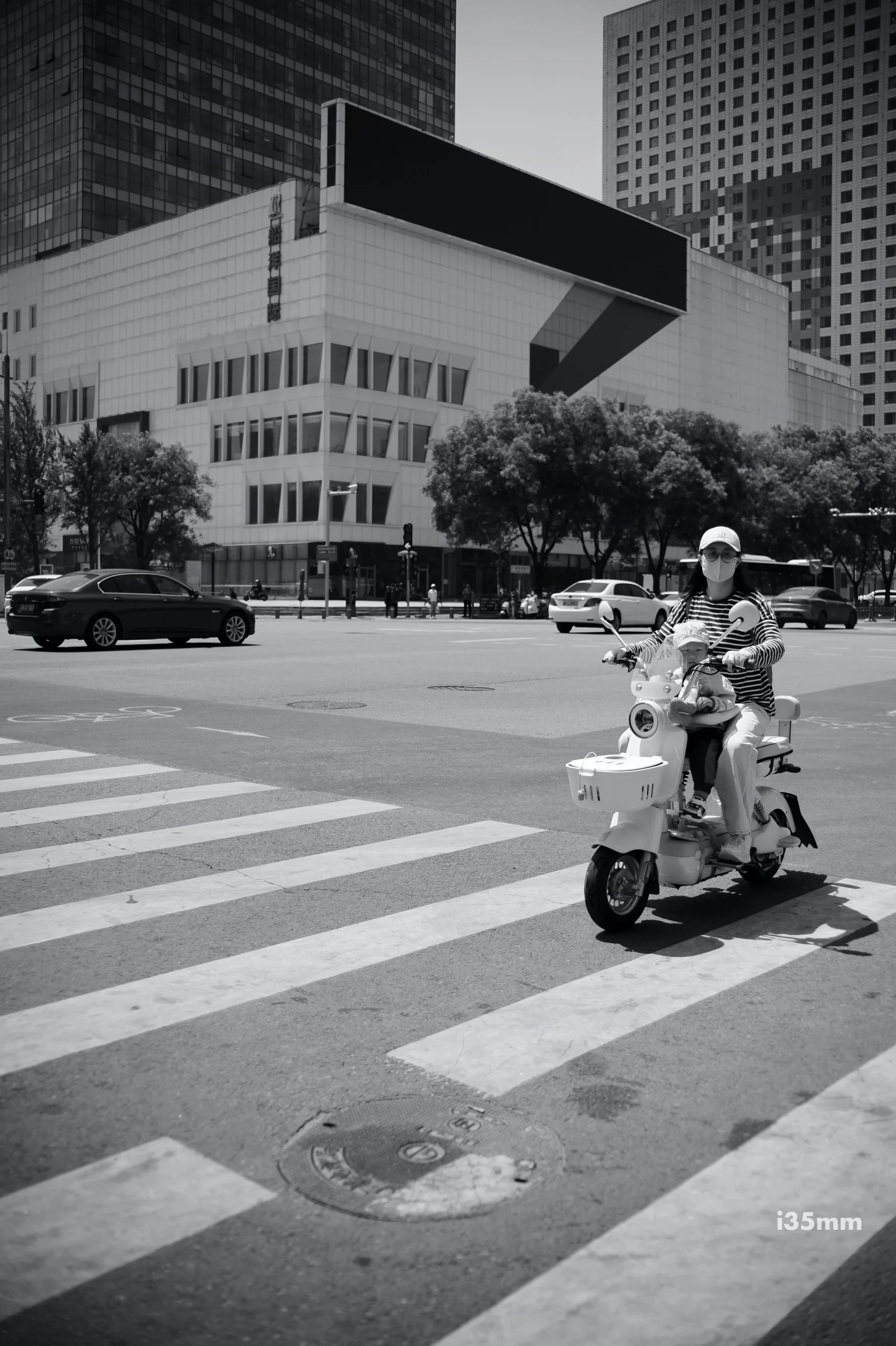
Some critics claim street photography is outdated—”overdone,” “irrelevant,” and “just a shrine to dusty legends.” They dismiss HCB as a privileged dilettante, reduce Frank to a “hipster cliché,” and sneer: “Why buy photo books? Scroll online!”
But Time Doesn’t Exist, Does It?
By their logic, history itself is obsolete—a moldy artifact unworthy of study. Yet to me, the “old” ways of seeing feel endlessly fresh. What’s so groundbreaking about the critics’ beloved “contemporary” or “avant-garde” photography? If anything, their worship of novelty reeks of insecurity. You mock my reverence for classics? I’ll laugh at your cult of ignorance.
Street Photography Isn’t Performance Art
Flipping through a photo book—the texture of pages, the thrill of stumbling upon a frame that electrifies your nerves—is a ritual as intimate as losing yourself in a favorite song. It’s not about dissecting techniques or flexing intellectual muscles. If critics mistake this joy for pretentiousness, maybe they’ve forgotten what raw connection feels like. Sure, performance gets stale—it craves shock value. But street photography? It’s never been about the show.
Street Photography Is Photographic History
A great street photo acts like a visual time capsule. It jolts you into pondering humanity’s quirks—the fleeting fashions, the quiet rebellions, the collective anxieties baked into an era. Take masks post-2020: imagine a kid in 2077 staring at these images, bewildered by our faces half-hidden. That’s the magic.
Street photography doesn’t just document life—it smuggles questions across generations. And if that’s “outdated,” then let’s stay gloriously behind the times.



